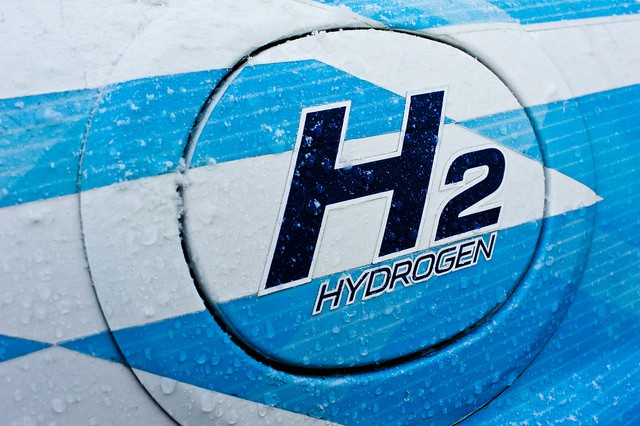Hydrogen-Powered Cities?

Though this might sound legitimate on the surface, we need to realize that hydrogen is a carrier, not a source, of electricity. This, therefore, is the equivalent of saying that we’re going to run these cities on batteries. The question, of course, is: Where does the energy comes from to charge the batteries, or in this case, create the hydrogen?

Craig,
You are correct, hydrogen only stores and distributes energy. How the energy is created requires generation.
One of the many reasons why hydrogen and HFCV’s are becoming more attractive is the realization that EV reply on battery energy storage.
What are currently called ‘lithium batteries’ should more accurately be called “Cobalt batteries” !
Cobalt is really toxic stuff, and despite a huge amount of R&D remains an essential ingredient in lithium batteries.
Mined largely in the Congo by child labour in appalling environmental conditions, this highly toxic substance should be called the “blood diamond of batteries.”
Lithium batteries are really, Nickel-Cobalt-Aluminum batteries with a small amount of lithium.
It’s possible to recycle Nickel-Cobalt-Aluminum and even lithium, but very difficult and very expensive. So far, no recycling of these dangerous toxic materials actually takes place on a realistic scale.
Cobalt is a byproduct of copper and nickel mining, but the nature of the mining process means the Congo mines are economically the most productive.
Like neodymium and other rare earth substances essential for both Wind turbines and Solar, the devastation and long term disposal problem crated by these technologies has gone unaddressed by enthusiastic “save the planet” activists.
As long as the environmental cost for renewable energy is not paid by the residents of California, it doesn’t seem to matter what massive environmental and human suffering is created in the rest of the world, especially the third world, as long as the inhabitants of Santa Barbara feel good about themselves!